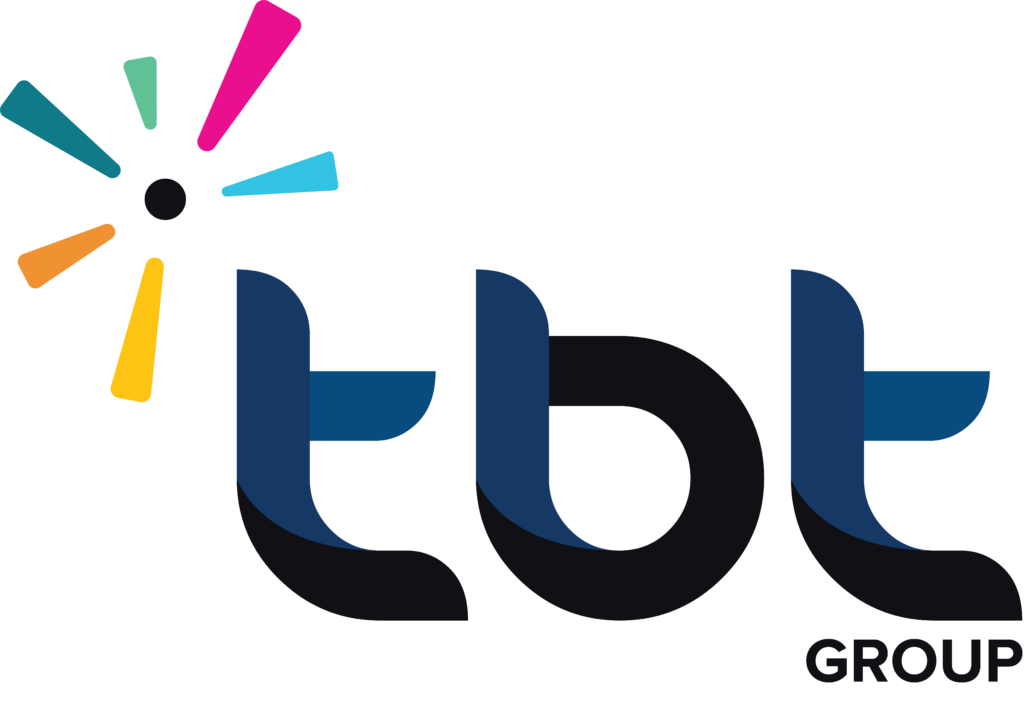Niagara Forum 2025, London
Niagara 101 – How Niagara transforms your building
Richard Scott, CTO, TBT Group
What is an Ontology and Why Does It Matter in Smart Buildings?
Before diving into technical applications, let’s define ontology. If you were to look up the term, you would find two meanings:
- A branch of metaphysics dealing with the nature of being.
- A structured set of concepts that define relationships between things.
In practical terms, ontologies help structure and relate data logically. Consider a fruit bowl—it contains fruit, each with attributes like colour, type, and ripeness. The bowl itself has characteristics such as material and location. This structured relationship defines an ontology, a concept that is essential in smart building management.
Ontologies and Knowledge Graphs: Visualising Smart Building Data
A knowledge graph is one way to visualise an ontology. It represents interconnected data points, showing how different components relate to one another. In buildings, similar relationships exist between spaces, systems, and environmental factors, helping property managers and facility operators make data-driven decisions.
The Importance of Ontologies in Smart Buildings
Buildings are dynamic ecosystems where systems such as HVAC, lighting, security, and occupancy monitoring continuously interact. Understanding both static and dynamic characteristics is crucial for optimising energy efficiency, indoor air quality, and overall building performance.
Traditionally, building systems operate in silos, each using different communication protocols. This lack of standardisation creates inefficiencies. Ontologies help harmonise data from various systems into a common structure, enabling better automation, predictive maintenance, and sustainability initiatives.
Overcoming the Tower of Babel in Building Automation
In the world of operational technology (OT), disparate systems speak different “languages.” Whether it’s lighting, HVAC, or access control, each system has unique protocols. This fragmentation is similar to the biblical Tower of Babel, where a lack of shared language led to project failure. Standardising how these systems communicate is key to unlocking their full potential.
The Role of Niagara in Data Harmonisation for Smart Buildings
Niagara is at the forefront of data integration, helping unify different sources into a consistent language. Industry initiatives such as UDMI (pioneered by Google) and Sparkplug aim to standardise data exchange, enabling seamless interoperability. By ensuring high-quality, structured data, we can drive smarter analytics, automation, and optimisation in the built environment.
Digital Twins and the Future of Smart Buildings
Digital twins—a digital representation of a physical space—rely on both static (building design) and dynamic (real-time environmental) data. The integration of operational data with construction-based information creates a holistic view of building performance. This approach helps facility managers enhance energy efficiency, occupant comfort, and overall building intelligence.
The Role of Standards in Driving Innovation in Smart Buildings
Standards such as Haystack, UDMI, and IFC provide a common framework for data structuring. In construction, standards like OmniClass and UniClass ensure consistency in building models. Adopting similar principles in operational technology can streamline building management and enhance scalability, making smart buildings more efficient and future-proof.
Best Practices for Implementing Ontologies in Niagara for Smart Buildings
To maximise the benefits of ontologies in building automation, consider the following steps:
- Apply consistent semantic tagging to ensure uniform data labelling and improve analytics.
- Model relationships using reference tags to establish logical connections within building systems.
- Standardise templates and dictionaries to maintain data integrity across different platforms.
- Use protocols like MQTT and UDMI to export enriched telemetry data, improving cross-system communication.
Conclusion: The Future of Smart Building Automation with Ontologies
By leveraging ontologies, we can transform buildings from static entities into dynamic, self-optimising environments. The key is to create structured, meaningful data that enables automation, efficiency, and sustainability. Embracing these principles will drive the future of smart buildings, ensuring better energy management, improved occupant experience, and enhanced operational efficiency.
